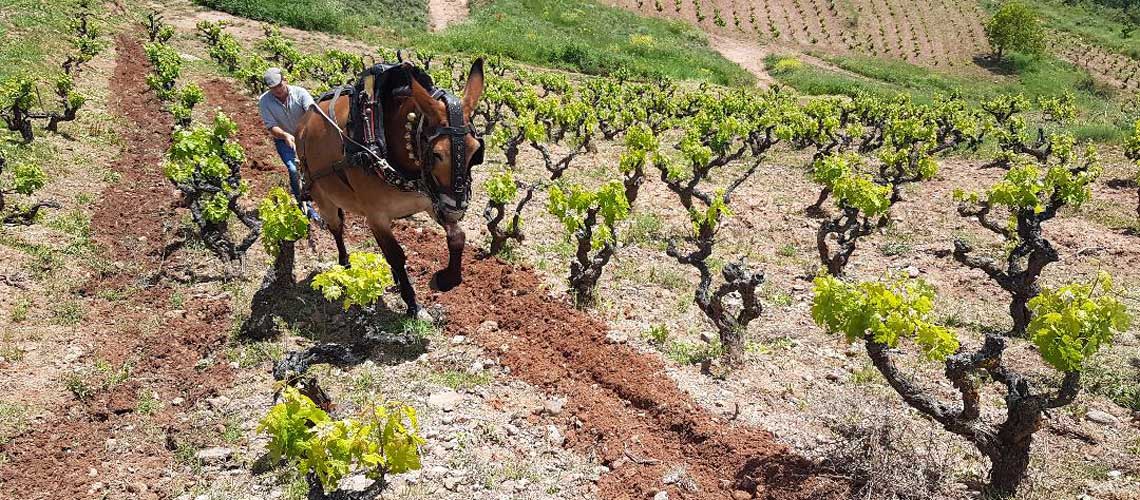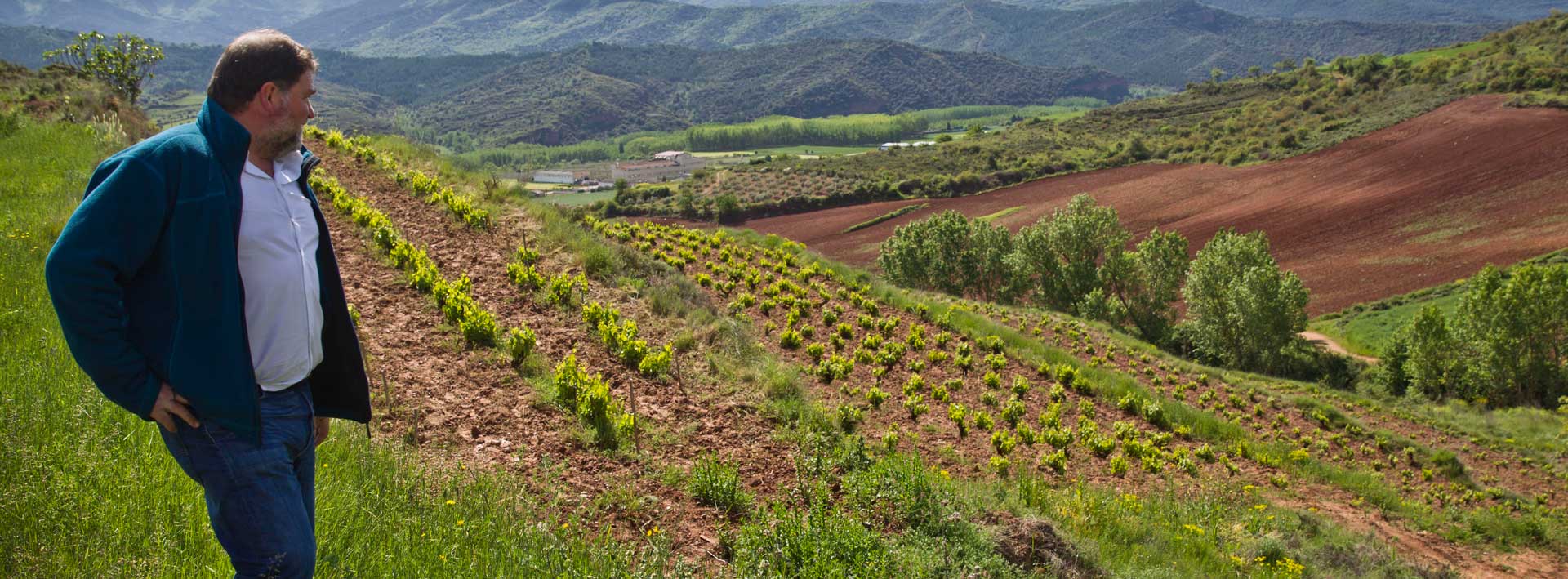Winegrower and producer, researcher, viticultural consultant, lecturer... Juan Carlos Sancha has combined his professional activities with lecturing and research. Together with professor of Viticulture Fernando Martínez de Toda and doctor Pedro Balda, he is responsible for the largest and most successful piece of viticultural research carried out in the history of Rioja: the recovery of dozens of grape varieties that had disappeared as a result of genetic erosion.
A few years ago, Sancha settled in his village (Baños de Río Tobía) to recover vineyards that were virtually impossible, old historic Garnacha vines from the Alto Najerilla on hillsides that were difficult to access and others that had been condemned to be uprooted. The Alto Najerilla is now one of Rioja's emerging areas. This would probably never have happened without the input of Juan Carlos Sancha, who has successfully proved that these old Garnachas, historically destined for self-consumption and sold at no added value, can produce extraordinary wines.

Sancha began to make wines in his small winery in 2008. Ad Libitum (at one's pleasure, at will, as you desire...) is the Latin expression he chose to name one of his three ranges of wines, varietals of Tempranillo Blanco, Maturana Tinta and Maturana Blanca, which he knows like no other. With this commitment to minority varieties, these wines are practically unique in the world. A second range of Bodegas Juan Carlos Sancha is called Peña El Gato and is a very limited series of old Garnachas grown locally featuring a spectacular collection of six different terroirs —all within a three-kilometre radius— made and aged in the same way. Sancha also makes natural wine with no added sulphites and aged in earthenware tinajas and other materials.
The grower has built a viewpoint in one of these old vineyards, Cerro La Isa, which is an essential visit to enjoy wine and share a pleasant chat with the producer and his family. His latest family of wines is actually called Cerro La Isa, red and white, with grapes from this spectacular hillside vineyard, recognised as a Viñedo Singular, and planted by his grandfather more than a hundred years ago: "I have grown vineyards in Rioja, in Ribera del Duero, in La Mancha, in Málaga, in the txakoli area..., but I have never reached the balance that my grandfather achieved with these old vines at Cerro La Isa.”


